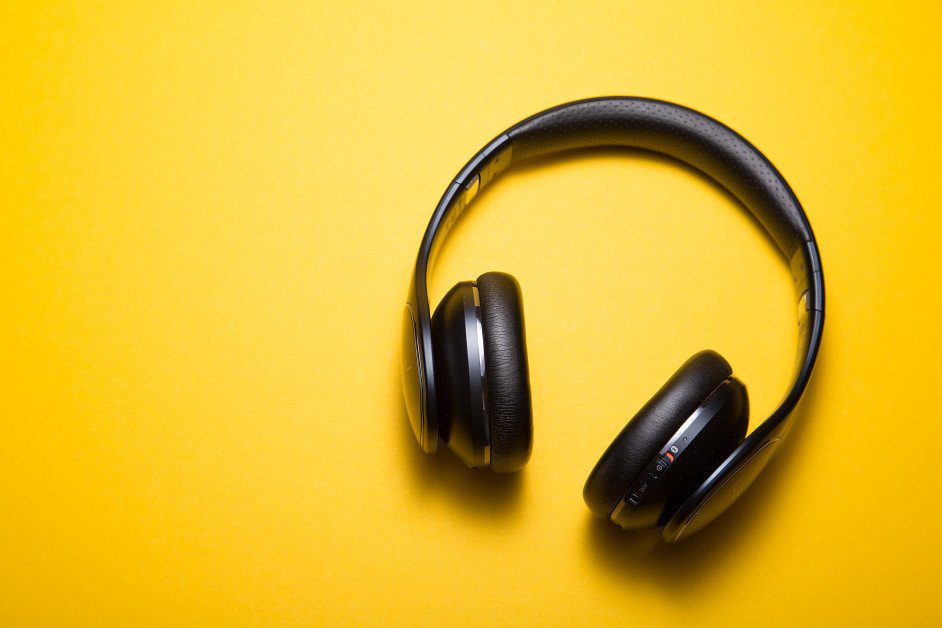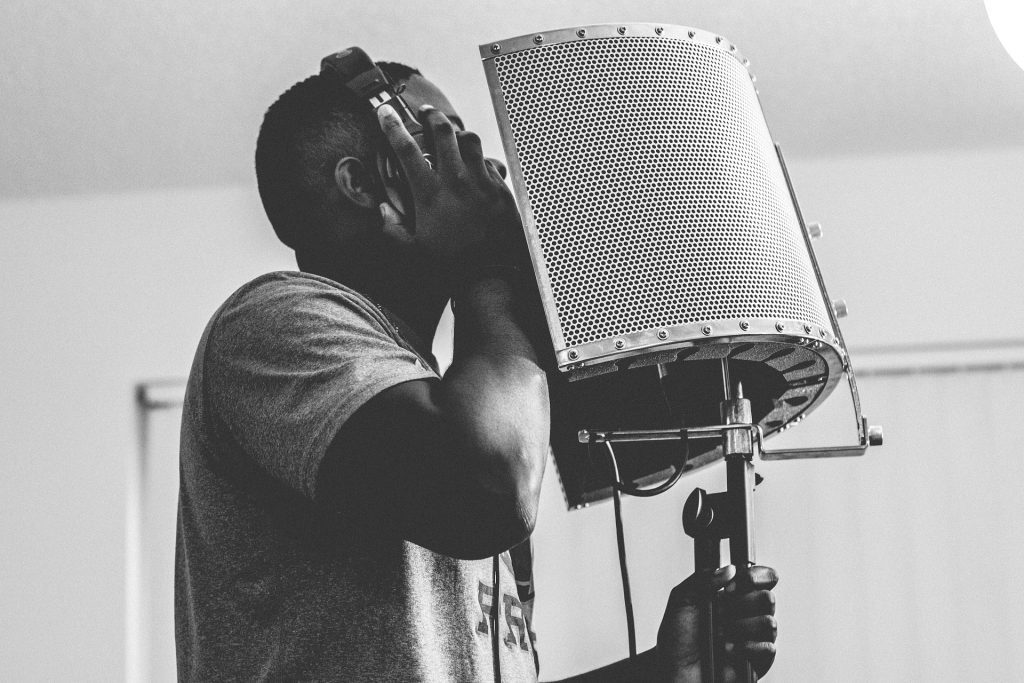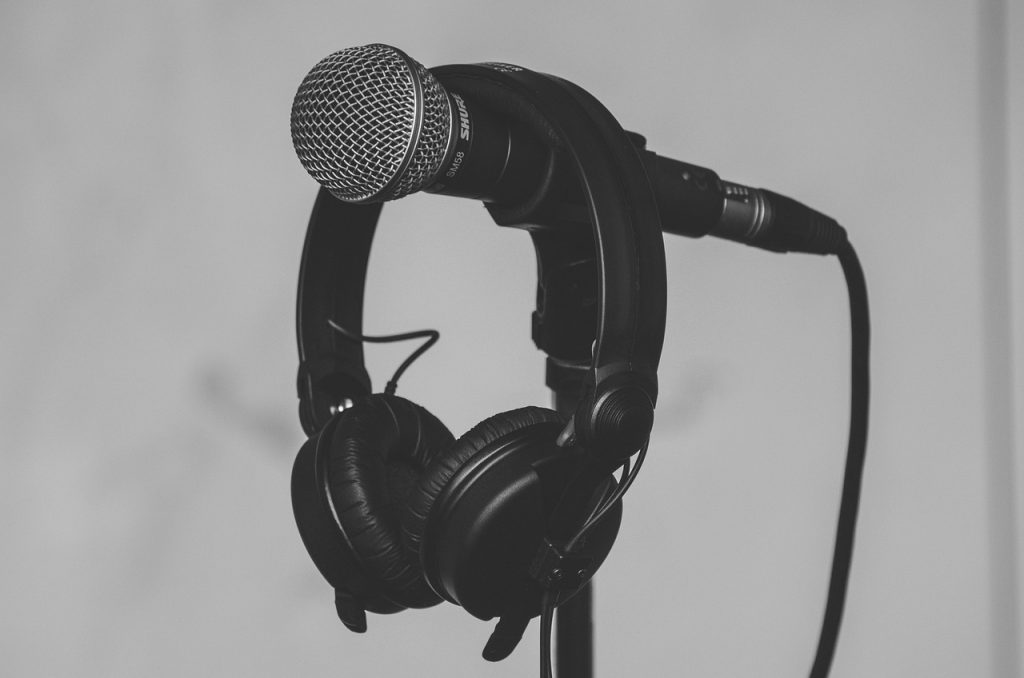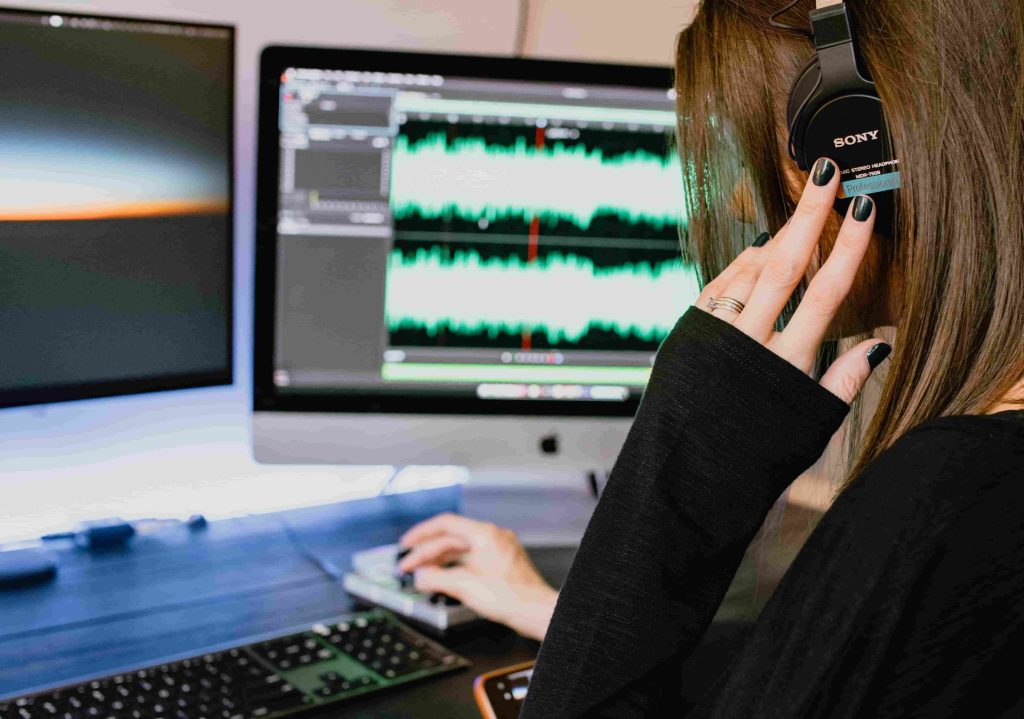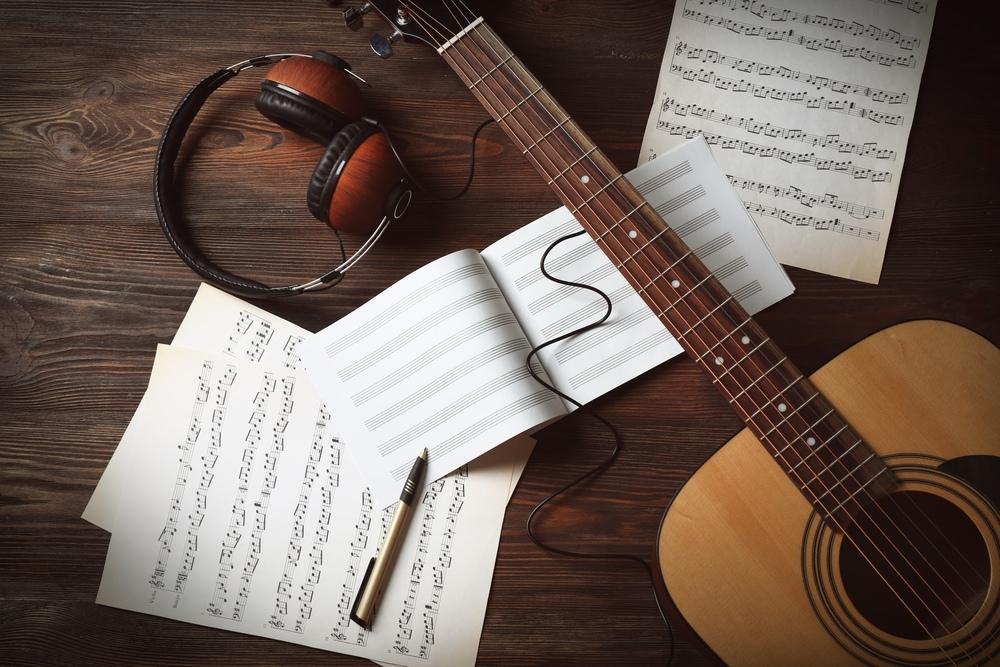
Sony A7C is a lightweight and powerful full-frame camera capable of producing stunning visuals. But in today’s world, where content is king, visuals alone may not always suffice. In many cases, audio quality is equally, if not more, important. And that’s where external microphones come in.
Using an external microphone can make a world of difference in the quality of your content. It can capture clear and crisp audio that not only complements the visuals but also elevates the overall viewing experience for your audience.
In this blog post, we’ll provide valuable insights and practical tips for using external microphones with Sony A7C to take your video production to the next level.
Understand the Sony A7C’s Microphone Input
The Sony A7C has a socket for a 3.5mm audio jack (located on the side of the camera body), which can support mono and stereo microphones, as well as plug-in power microphones.
The Sony A7C is compatible with many types of microphones, such as shotgun, lavalier, and handheld, each with its unique features and benefits. For instance, shotgun microphones are great for capturing directional audio in noisy environments, while lavalier microphones are ideal for recording dialogue or interviews.
Connecting an external microphone to your Sony A7C is simple. Plug the microphone into the camera’s 3.5mm jack and adjust the audio settings to suit your needs. Some microphones may require additional power, which you can supply using the camera’s plug-in power feature.

Know What to Look For in an External Mic
When choosing an external microphone for your Sony A7C, there are several key factors to consider. Listed below are some of them:
Directionality
Directionality, also known as “polar pattern,” refers to how the mic gathers sound from its surroundings. Understanding the different types of directionality can help you choose the best external microphone for your needs.
Cardioid
Cardioid microphones have a heart-shaped pattern and are ideal for capturing speech or vocals. They only pick up sounds from the front, where they are pointed, while rejecting audio from the sides and rear. This feature makes them ideal for recording music and other situations where you want to isolate a specific sound source.
Supercardioid
Supercardioid microphones have a narrower polar pattern than cardioid microphones, making them more resistant to surrounding noise. They can also capture sounds from the rear, perfect for recording single-target sounds in a noisy environment.
Omnidirectional
Omnidirectional microphones capture sound from all directions, best suited for recording crowds or groups. They are frequently used in studios for live performances to simulate the venue’s sound.
Bi-directional
A bi-directional microphone, also known as a figure-8 polar mode, picks up sound from the front and rear but not from the sides. They are popular in podcasting and other situations where you need to capture sound from two people facing each other.
Mount
It’s best not to overlook the impact of mounting your microphone directly on the camera. Without a shock mount, camera movements and adjustments can easily cause unwanted noise and vibrations. Make sure, though, that the shock mounts you choose is compatible.
Frequency Response
Simply put, a microphone’s frequency response refers to the range of frequencies it can capture and reproduce accurately. Since different microphones have unique frequency responses, choosing the best microphone for a specific application depends on the desired frequency range of the sound being recorded.
If you’re recording a bass guitar, you’ll require a microphone that can capture lower frequencies accurately (typically below 80Hz). If you plan to record a vocalist, you’ll need an external microphone that can accurately capture their voice’s full range (usually between 80Hz to 12kHz).
The frequency response of a microphone is often presented graphically in the form of a frequency response curve. This curve displays the microphone’s response to different sound frequencies, which can be very helpful in determining which microphone is best suited for your needs.

Power
When shooting videos outdoors, it’s important to carefully consider your power options. Some external microphones for DSLR cameras are powered by batteries, while others draw power from the camera itself. In such cases, a battery-powered microphone is a wise choice to reduce the strain on your camera’s built-in battery.
Test
Testing helps avoid any potential issues that may arise during recording and ensure the best possible audio quality.
To capture the nuances of your sound source, the microphone should be capable of capturing all the relevant frequencies, including the highs for presence, the midrange for the body, and the lows for weight and depth. You don’t want your microphone to be overly sensitive and distort your recording, but it should be sensitive enough to capture your sound.
While the manufacturer’s specs sheet can provide a good starting point, you’ll need to conduct your own tests to see if the microphone can deliver as promised. Fortunately, there are various tests you can perform without needing access to a professional studio or engineering lab.
Frequently Asked Questions (FAQS) About External Microphones With Sony A7C
What to Do if My Camera Isn’t Picking up Any Sound From My External Mic?
If your camera doesn’t pick up any sound from your external microphone, there could be a few reasons. First, check if your microphone jack has three stripes (TRRS) instead of two stripes (TRS). Some cameras may not be compatible with microphones that have a TRS jack. If your microphone has a TRRS jack and you’re still having issues, make sure that it is properly connected to the camera and that the camera’s audio settings are set to the correct input source.
How to Improve the Quality of Sony A7c’s Built-in Microphone?
The built-in microphone of the Sony A7C is amazing as it is, but if you want to enhance the quality further, there are a few steps you can take. First, make sure to reduce any background noise by recording in a quiet environment. Second, use a windscreen to reduce wind noise when recording outdoors. And third, use editing software post-production to adjust levels and apply filters to your liking.
Do I Need an External Mic for My Camera?
It depends on your needs and the type of content you want to create. If you are recording in a controlled environment with minimal ambient noise and don’t require high-quality audio, then the built-in microphone may be sufficient.
If you want to improve the audio quality of your recordings, especially in noisy or outdoor environments, an external microphone is highly recommended. It can also provide greater flexibility and control over the audio recording process.


